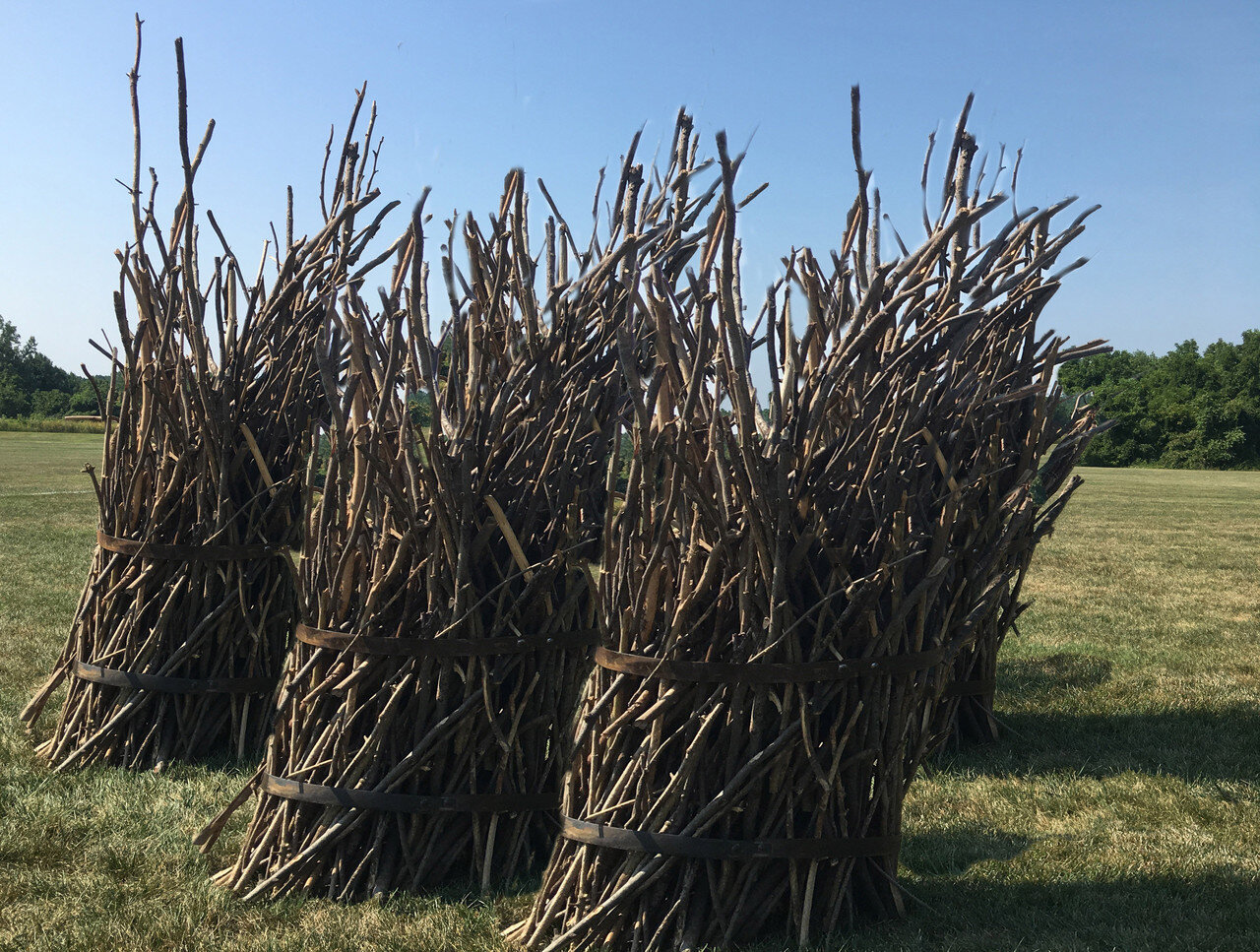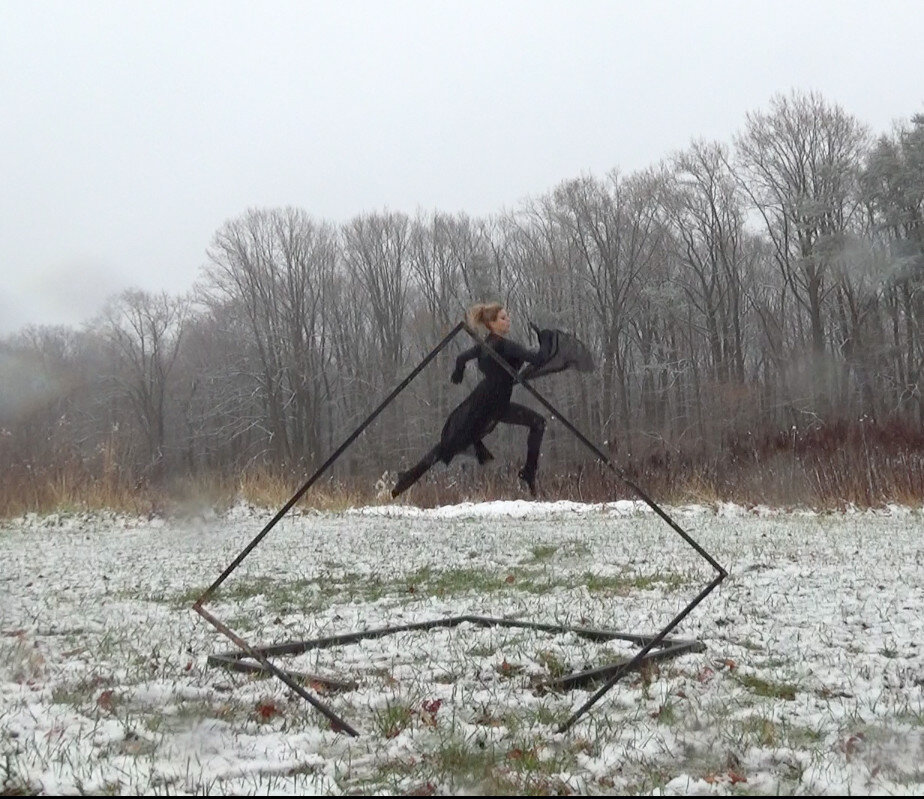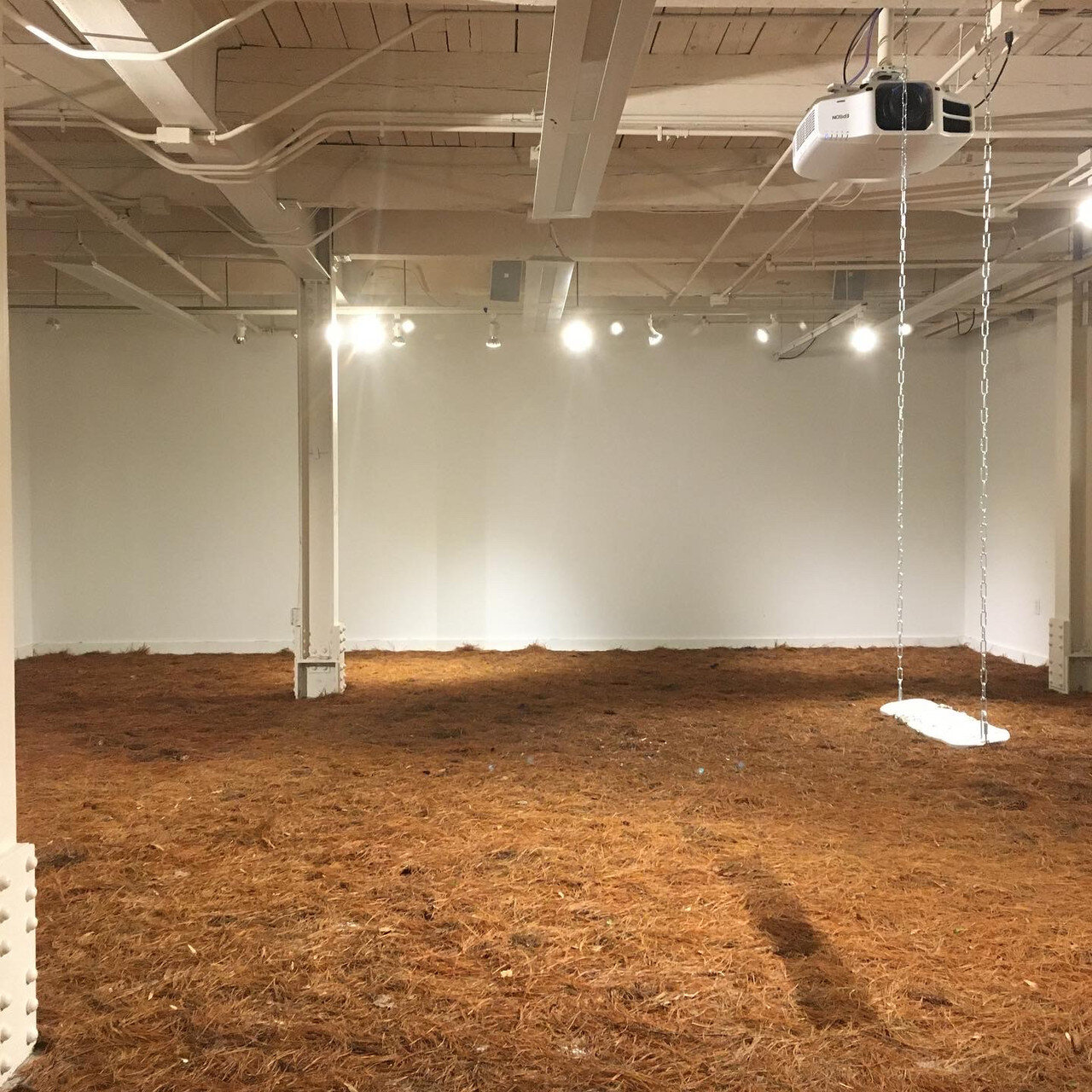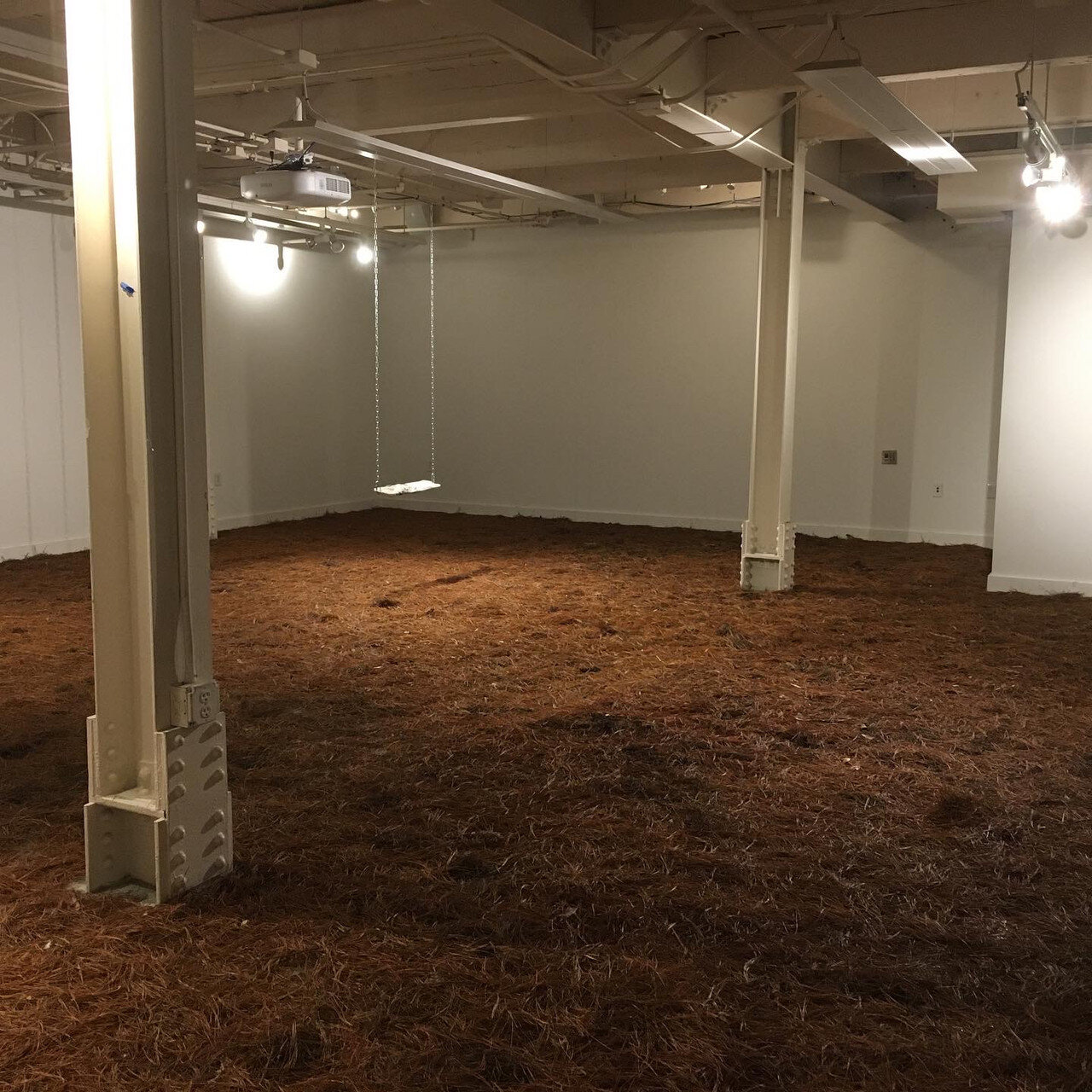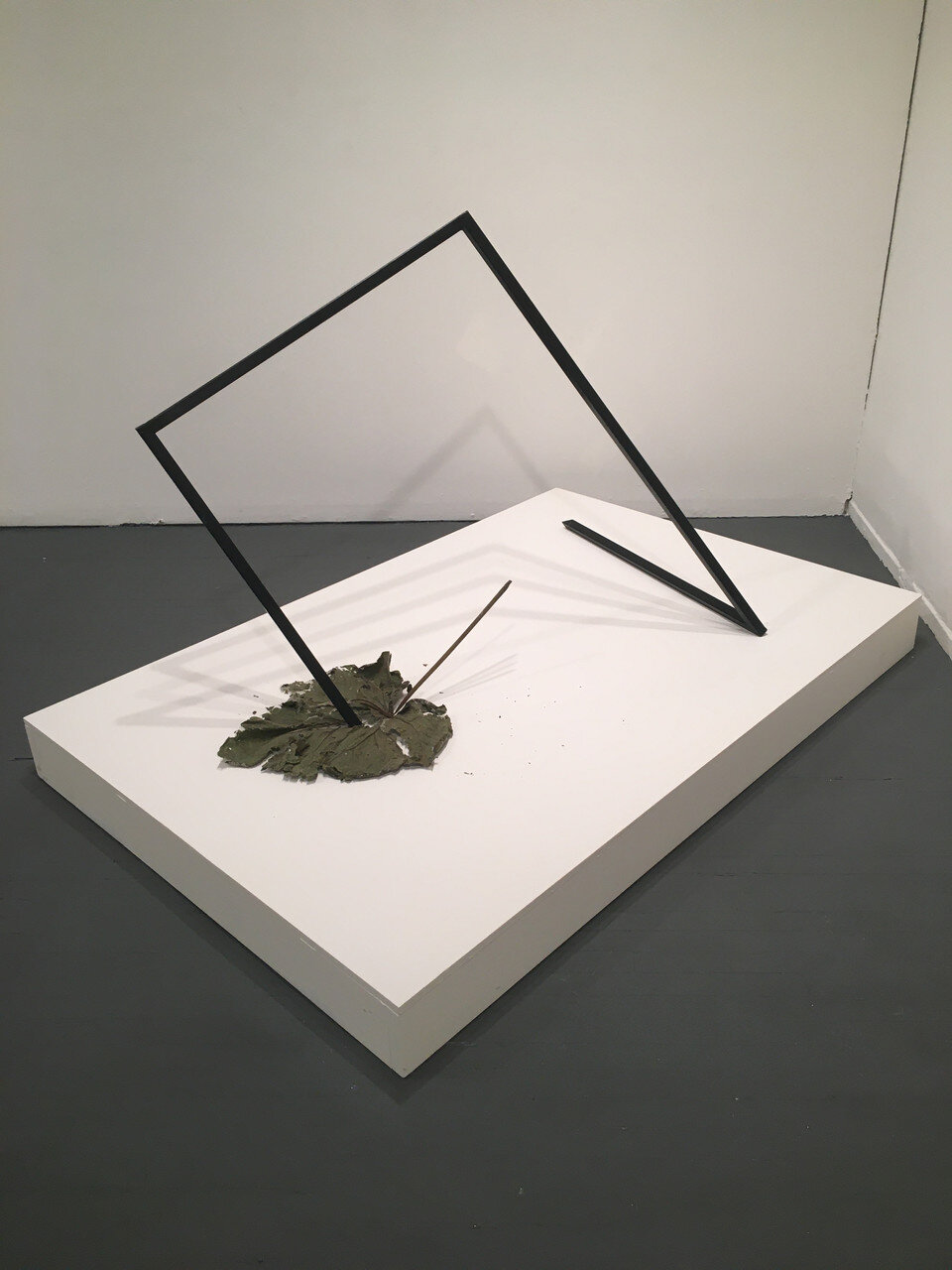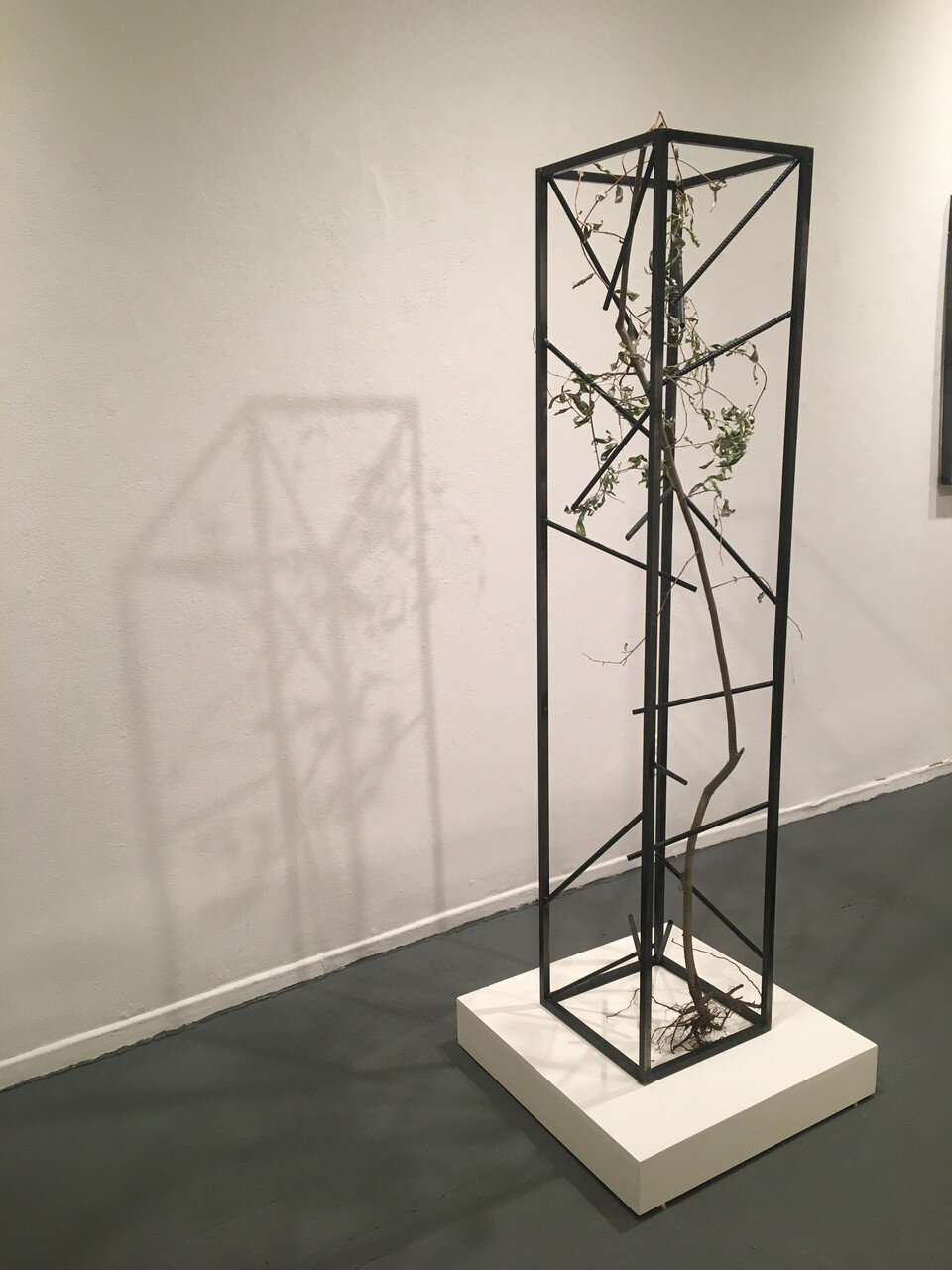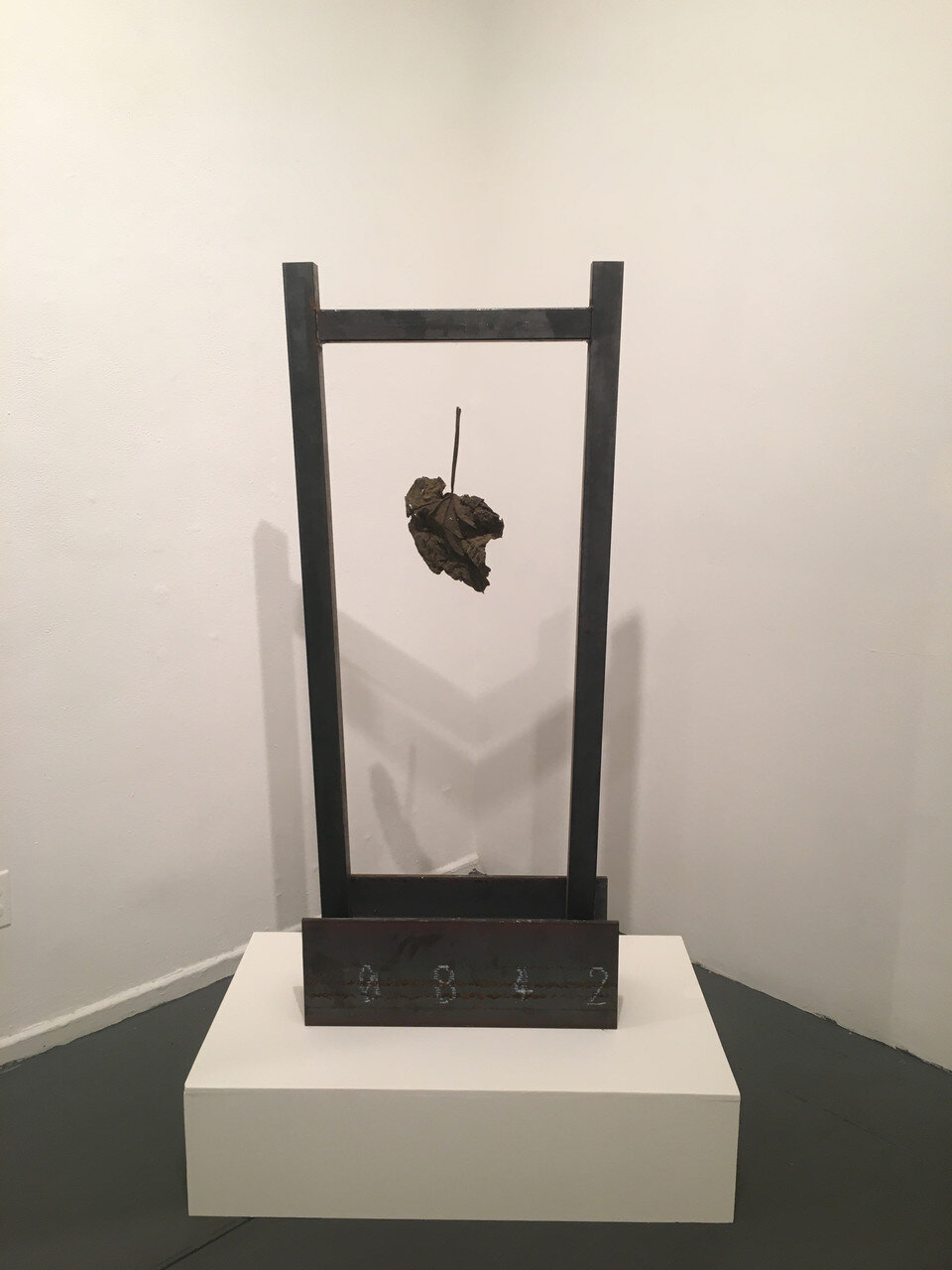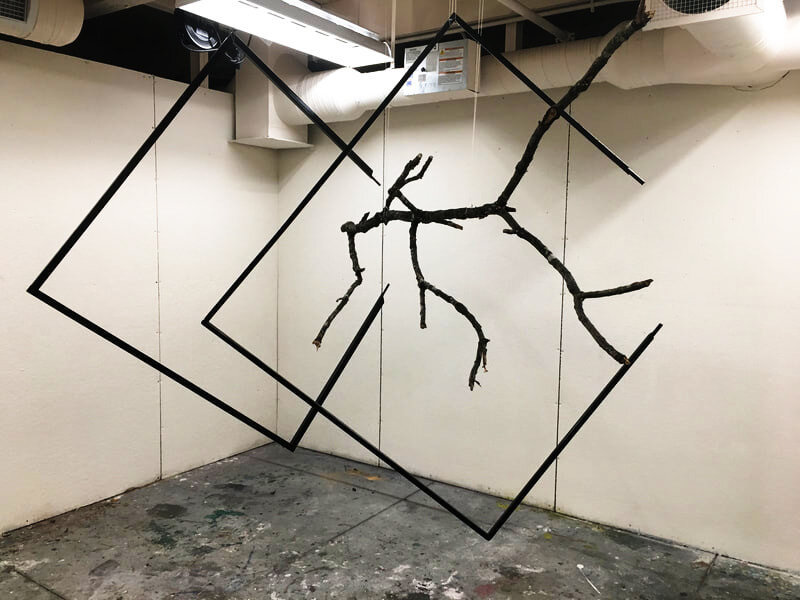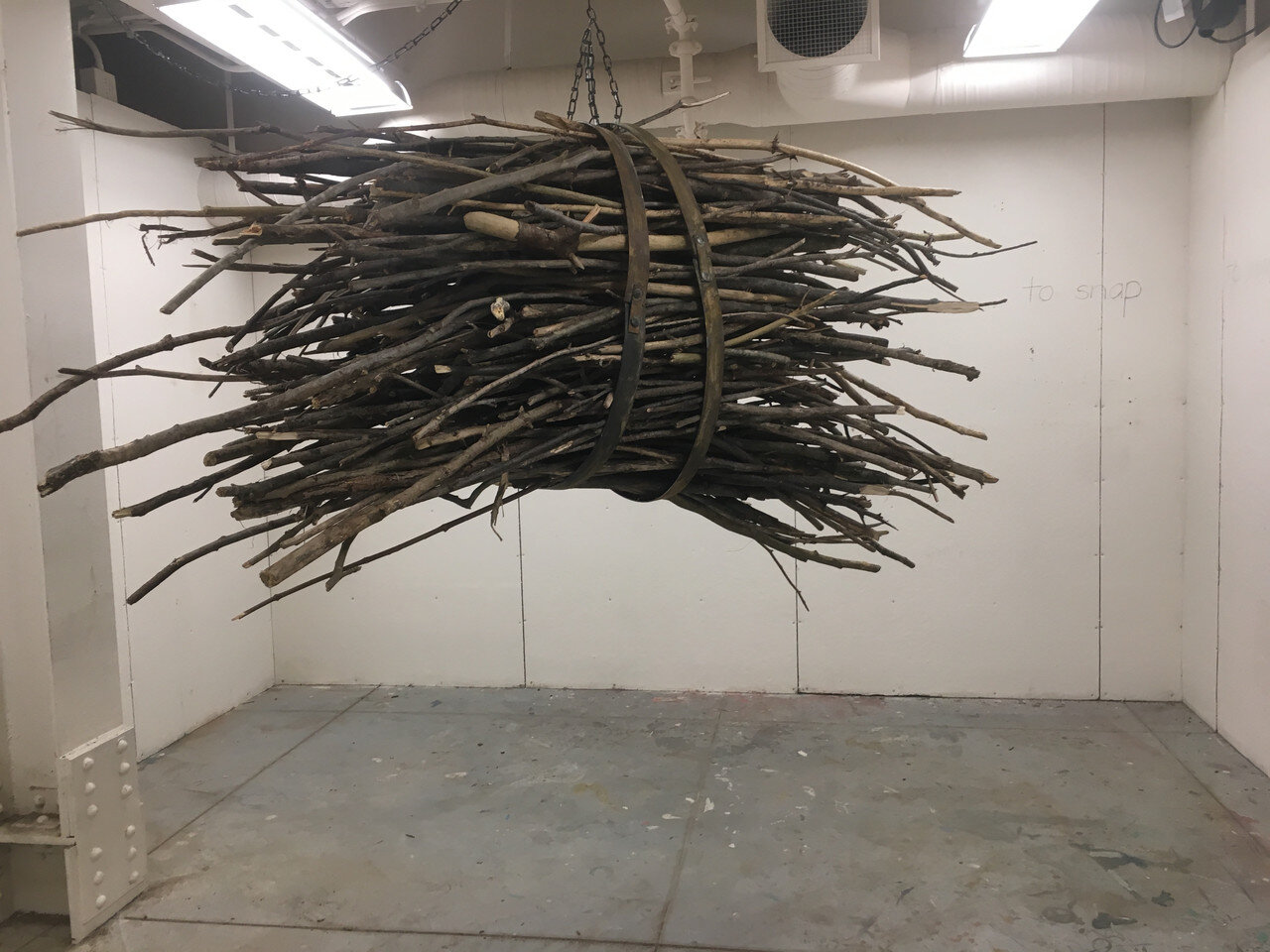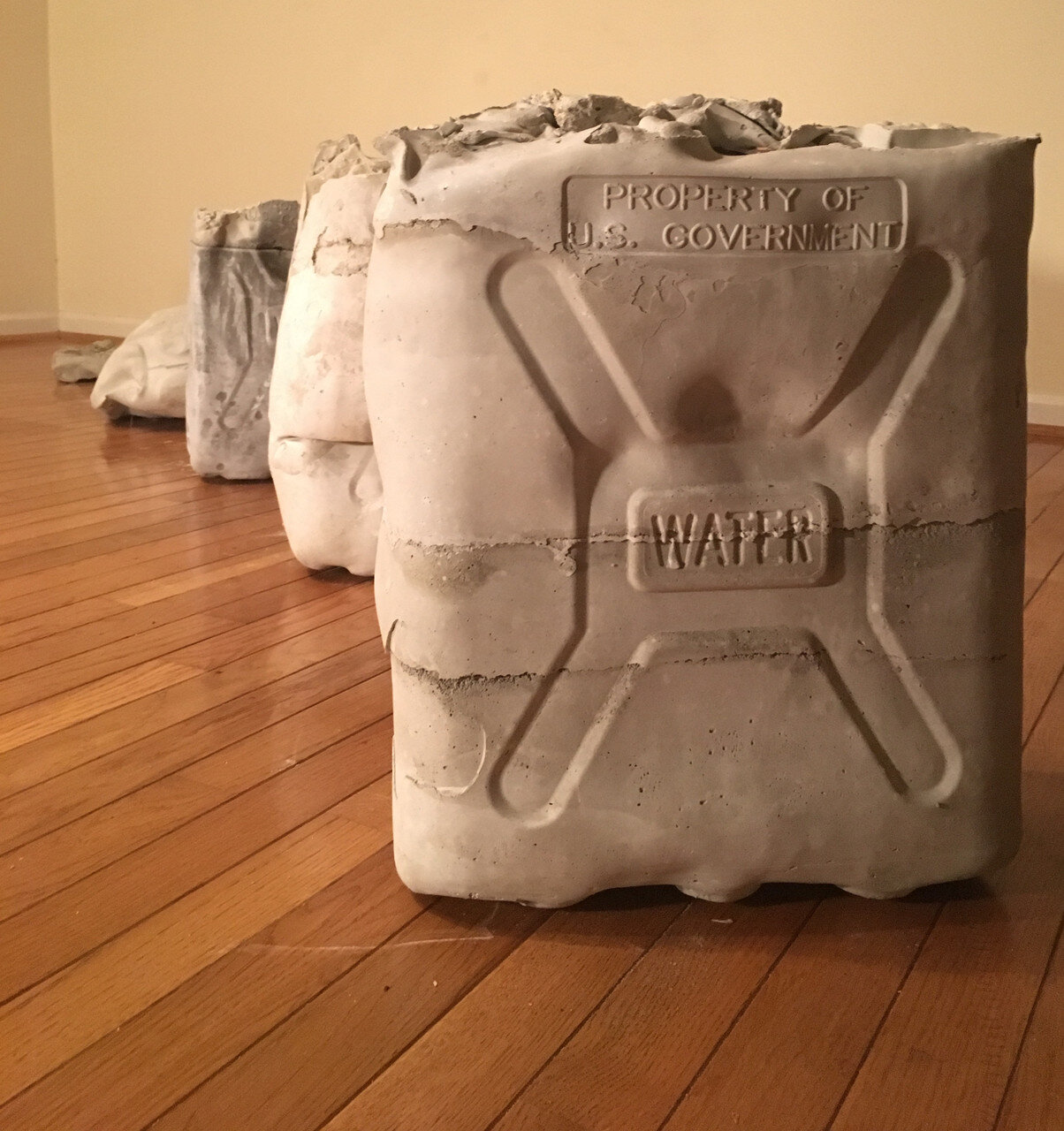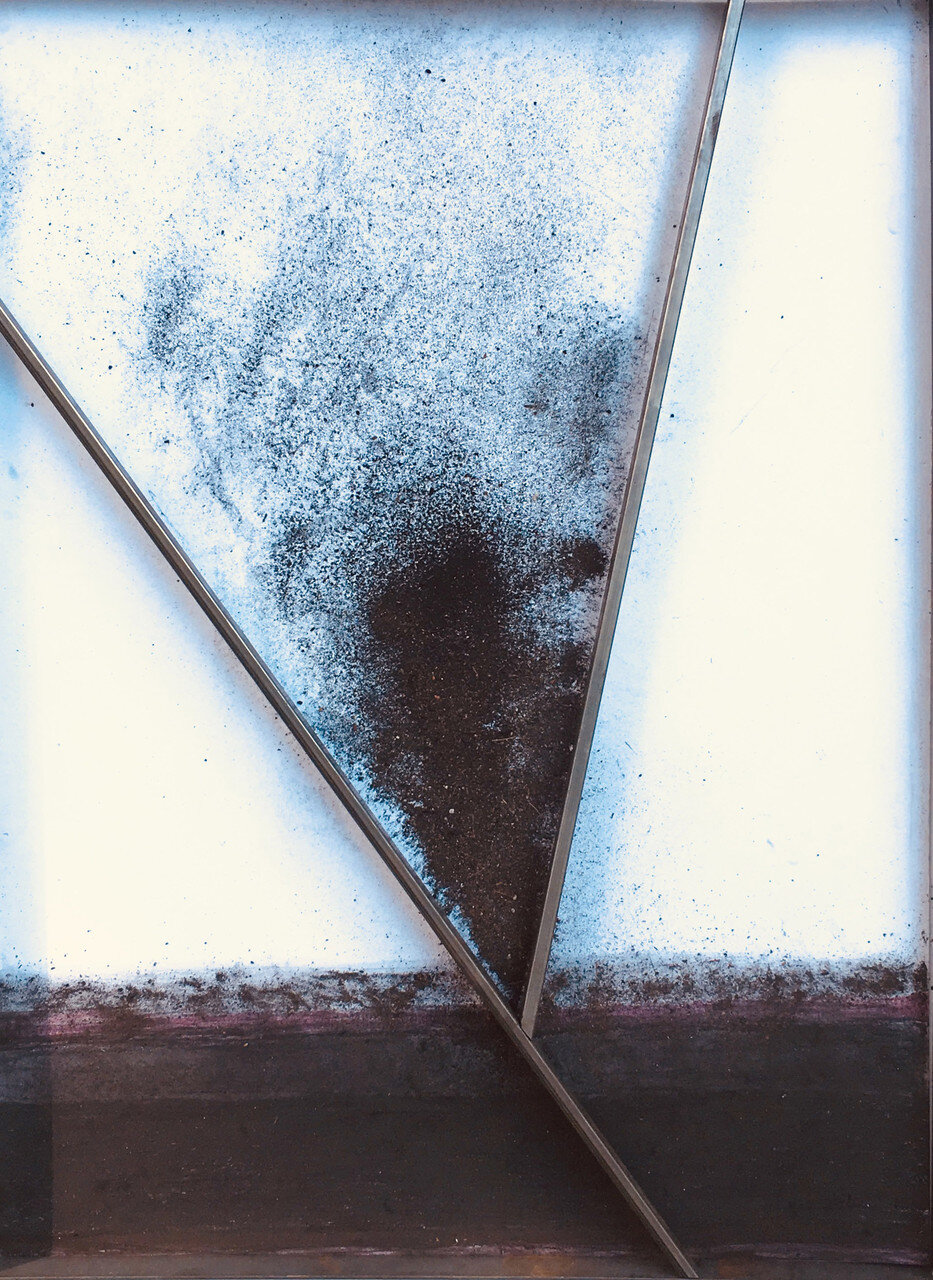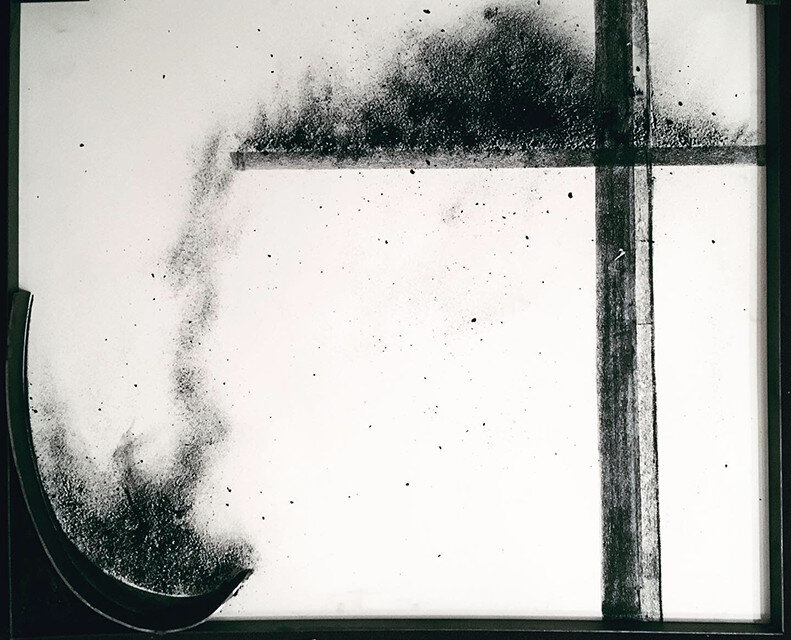Stephanie Garon is an artist and educator whose work functions as abstracted expressions of a time, place, and way of life that capture paradoxes: formalism and fragility, permanence and impermanence, and nature and nurture. Garon earned both her Bachelor of Science (1994) and a Masters of Science (1996) from Cornell University and received a Post Baccalaureate degree from Maryland Institute College of Art (2010) where she now teaches. She is set to receive her MFA from Maryland Institute College of Art in Studio Art Summer Low-Residency (MFAST) in 2023. Her work has been exhibited internationally in London, Colombia, and South Korea, as well as across the United States. Her writing, a critical aspect of her artistic process, has been published in international literary journals and her chapbook will be published in 2021.
Artist statement
As a five year old, I tagged along with my father to "hamfests,” radio operator gatherings held in county fair parking lots. Cars would pop open their trunks like overflowing treasure chests filled with electronic wares: old radio boxes, computer boards, cables, monitors, soldering irons. It was an oasis in the heart of wooded valleys.
My father would sell or trade items he no longer needed. My job was to display them on a tattered blanket and haggle to make the sale. The setup became my stage as I pranced about, reorganizing after each barter session. In my mind's eye, we were a traveling show.
Years later, when I find myself welding and smelling the rusty steel odor of the studio, I am driving down those dusty roads again.
My work explores the limits of nature and connection through juxtaposing industrial elements with natural materials I collect. The decomposition of the natural forms provide drama and philosophic markers of fragility: green pine needles fade to brown, cement made from melted snow crumbles, and wind switches orientation of metal sculpture around trees. Rich in associations, the work functions as abstracted expressions of a time, place, and way of life that capture paradoxes: formalism and fragility, permanence and impermanence, and nature and nurture.
My work invites the viewer to contemplate how we, as people, build structures and interact with the natural world around us. Like the items I’d curate at the hamfests, my art embraces the delicacy of transforming materials to define my visual voice.


